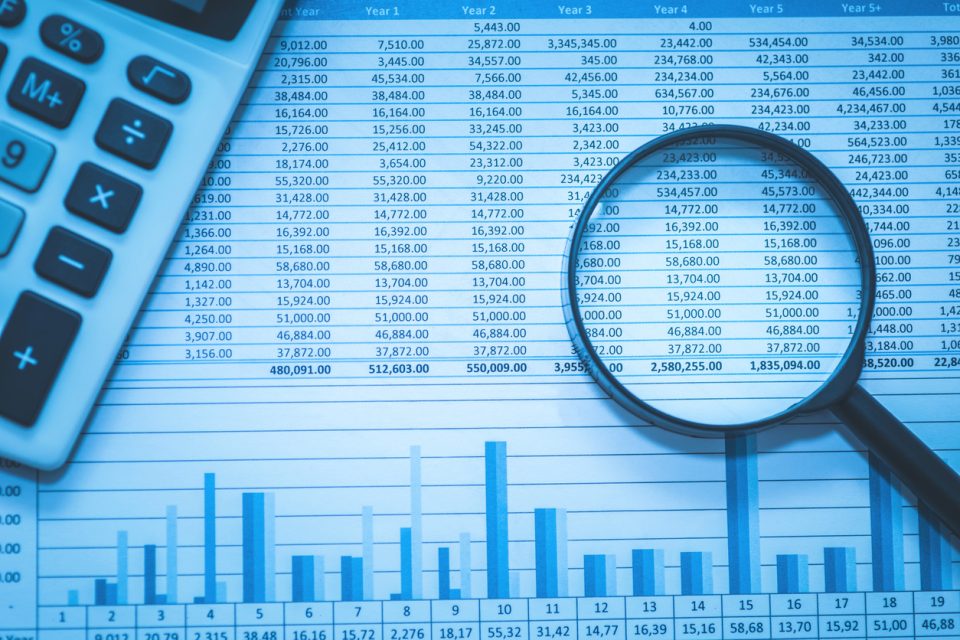SEB, the Nordic financial services group, and Nasdaq Inc. will test a developed prototype for a mutual fund trading platform based on blockchain technology. The aim is to increase efficiency in the processing of purchase and sale of fund units and to create a unit ledger — an area which today is largely characterised by manual routines, long settlement cycles and paper driven processes.
“With the help of a blockchain we can create a faster, simpler, more effective and reliable fund market,” said Göran Fors, acting head of Investor Services at SEB. “Funds are increasingly important for our clients and it is with great pleasure that we can announce this important project together with Nasdaq.”
“By leveraging blockchain technology there is strong potential for improvement via digitalisation that can reduce manual work, create a faster process and reduce the risk for errors,” said Magnus Haglind, SVP & Head of Product Management, Market Technology, Nasdaq. “This development will look to benefit the fund market and, in the end, also the individual investors through faster response from purchases and sales.”
The concept of the project indicates that, by subscribing to a private blockchain, the various market participants-fund companies, distributors and others-will be able to share a distributed database in which all transactions and changes are registered among all participants in real-time. The cooperation agreement entails that SEB and Nasdaq will continue to develop the technology with the end goal of creating a working prototype, which will be based on the Chain.com blockchain ledger. In addition, the two parties have opened a channel for collaboration with additional interested parties on building a uniformed market infrastructure for Sweden’s fund market.
In contrast to the equities market, which relies on a Central Securities Depository (CSD), the Swedish fund market lacks a central, primary point for registering holdings. This means that the administration of purchases and sales of fund units are handled through an intermediary or directly with each executing party. Since a chain can consist of many links — for example, when a customer via a Swedish bank buys units in a foreign fund company — a relatively large administrative process arises. This is handled today through a combination of different technical solutions, including orders placed by paper driven processes and follow-up phone calls.
Nasdaq’s market infrastructure technologies, including trading, real-time risk, index, clearing, CSD and market surveillance systems, are operated in more than 100 marketplaces, regulators, clearinghouses and central securities depositories across the Americas, Europe, Asia, Australia, Africa, the Middle East and the Caribbean.

